I have always loved the stage. Looking out into an audience you know is there, when you can not see them is an exhilarating feeling. And even though you can not see them, you can feel their energy as they get wrapped up in the performance. As I posted earlier, I attended Kevin Burdick‘s concert in Arizona and took a few photos there. I didn’t take a lot of them because I was attending the concert with my kids, so I only took a few at the beginning and a few at the end. It was a great show with great music and a worthwhile message about following our dreams.
Good work Kevin.
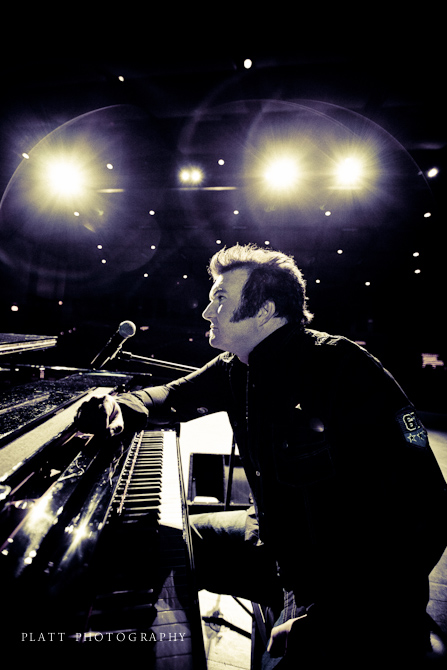
Kevin talks about his little girl, Dempsey during the show and shows a slideshow of images from her life when he sings his song “Too Good for this World,” a tribute to his daughter. It is a powerful thing to watch. Especially for me, because I was there for those 30 days while she ws in the hospital fighting for her life. I photographed her and her Father and Mother as they held on to each precious moment. Every time I hear that song, or see her photos, I am reminded to thank God that I was allowed to keep mine with me. But in the end, I truly believe (as Kevin sings) that the “fathers welcomed her home” and that she looks down on us all now. Someday I will share that set of images, but for now, here is one of them as a backdrop to the performance.
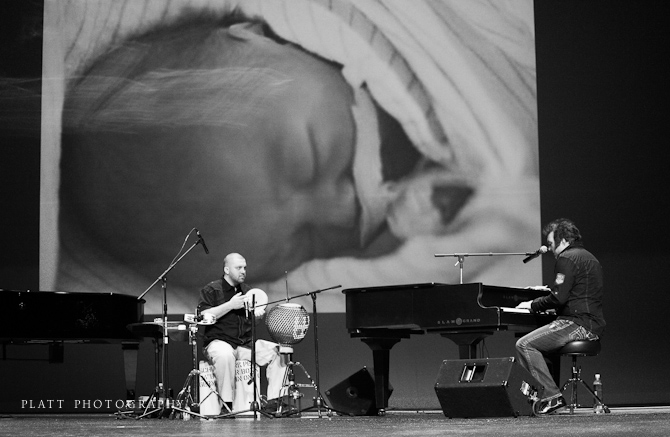
Kevin’s drummer, Aaron “Chives” Chavez, who plays the strangest concoctions of drums and boxes, etc. He is finishing up his masters in World Percussion and quite a talented man.

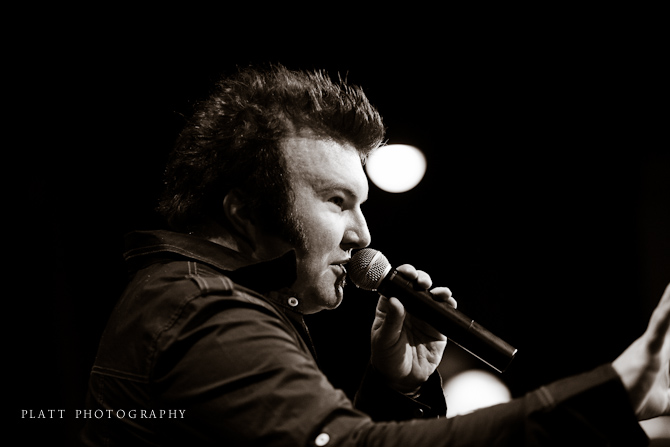
And finally, my favorite shot of the evening. Like I said, I am fascinated with the darkness of the theater. Enough said.

I have had a few questions about how I accomplished some of these photographs, so I will add a few technical notes to the end here.
Tech Talk:
Photo Settings (for the above photo): 1/60 – f 3.5 – ISO 640 – 16mm – No Flash – Canon 5D Mark II – White Balance Full Sun
Color balance: If you are shooting in a theater you have to turn your camera off of Auto White Balance. The color jells and temperature of the theatrical lighting will fool your camera every time. Theatrical lighting is closer to the temperature of the daylight. First, try to figure out the actual temperature in kelvins of the lights, but if you can’t get it or don’t want to test or get a custom white balance from one of the spotlights with no gels on it, you can always just turn your white balance to the full sunlight setting. Shooting in the wrong white balance will result in all sorts of bad color shifts, and even in RAW, you will have a hard time getting the color balance back into line.
Exposure: Your camera will always meter and expose to make everything middle gray. Which means that if you are in a dark theater, your camera will see all of that darkness and try to over expose the shot. So instead of having black blacks, you will have grey blacks and as a result of the over exposure, you will also gain additional noise in what would have been the shadows. So simply turn your camera to manual exposure and make the decisions yourself. Fortunately, once you have the setting, it won’t change all that much because the lighting is going to remain fairly constant for each given scene, assuming you have professionals managing the lights.
Focus: Focusing in the dark is difficult for auto focus. Don’t even try it. Instead, look to the rim lights on the body to grab a manual focus. Remember that auto focus is always looking for contrast to register focus, so if it is dark, you will have a hard time grabbing focus on the subject.



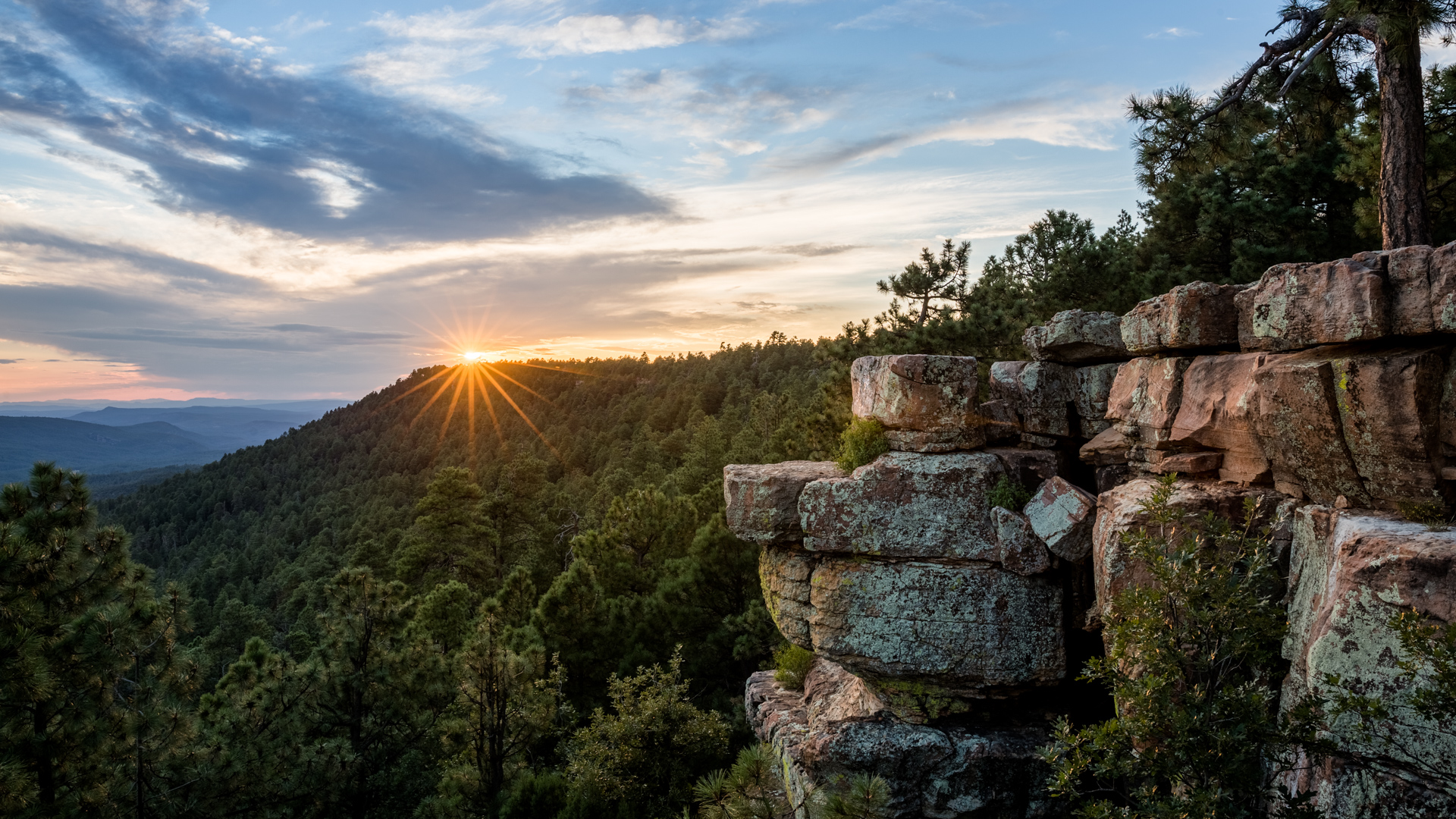
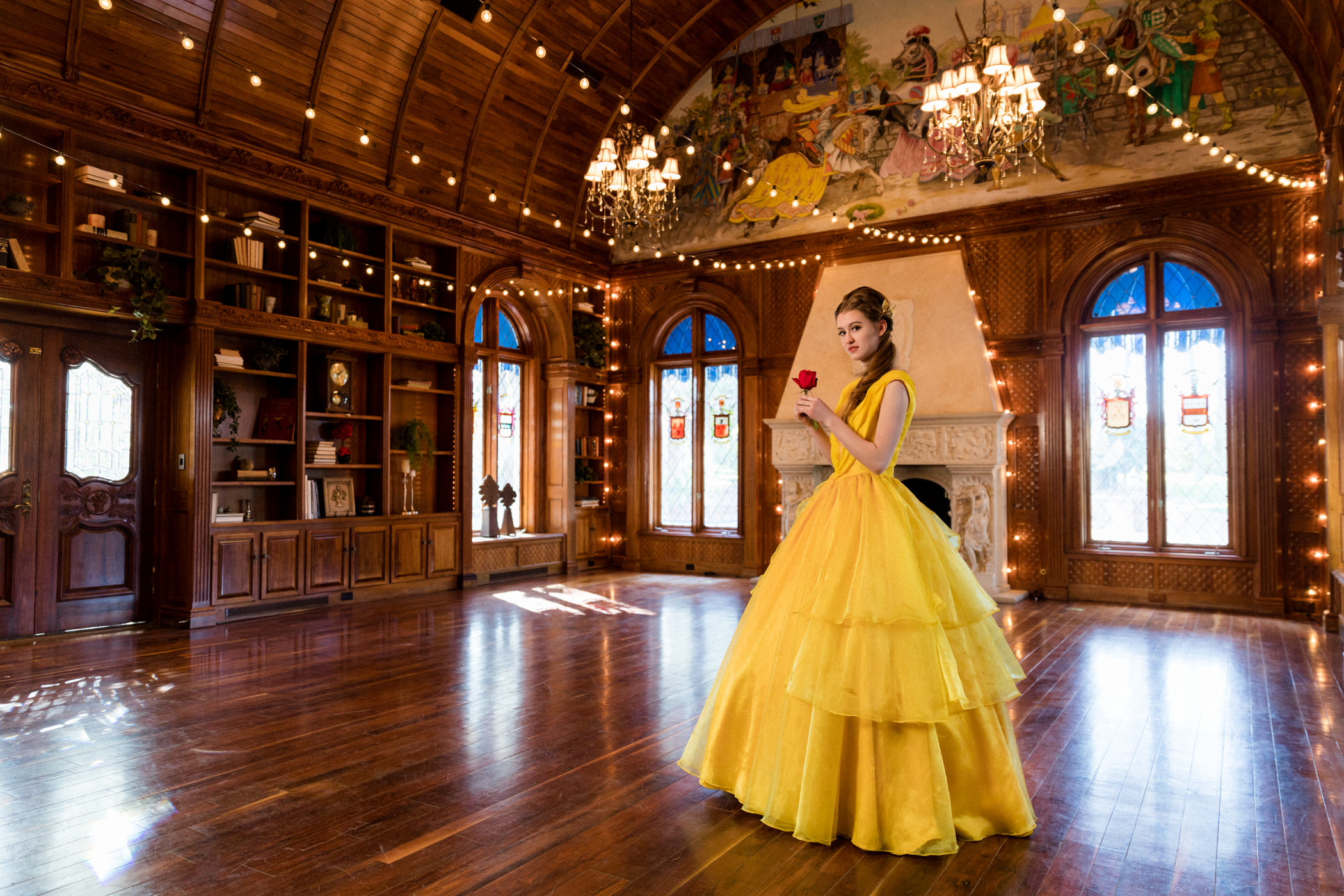
wow! amazing work.
I am shooting a dance performance and l am not sure about white balance setting to full sun? Is this because you were so close? I will be further back in the theater. Will be getting there early to test and histogram and use a grey card if needed. Thank you in advance! 🙂
Fantastic shots!!! Question… was it awkward for you to be on the stage shooting, I mean, did it distract from the artist? I’m always feeling awkward at weddings to get in there and get the shot. I have a performance/party shoot coming up… lady gaga impersonator, should be interesting.
In answer to Amy’s question. 1. Most of the time, you can get something from behind the curtains. 2. If you can, try to get some portraits before or after the show. The first and last images were done right before the show, so the lights were set for the show, and we just shot the images. 3. If you are hired to be there and it is OK with the performers and the producers of the show, then there is no reason you can’t be out there on stage. Obviously, flash would be a bad idea and you would want to be as hidden as possible, but they film concerts all the time with camera crews running all over the place. So, just blend in with the background and start shooting.
wow, jared. these images are stunning. well done.